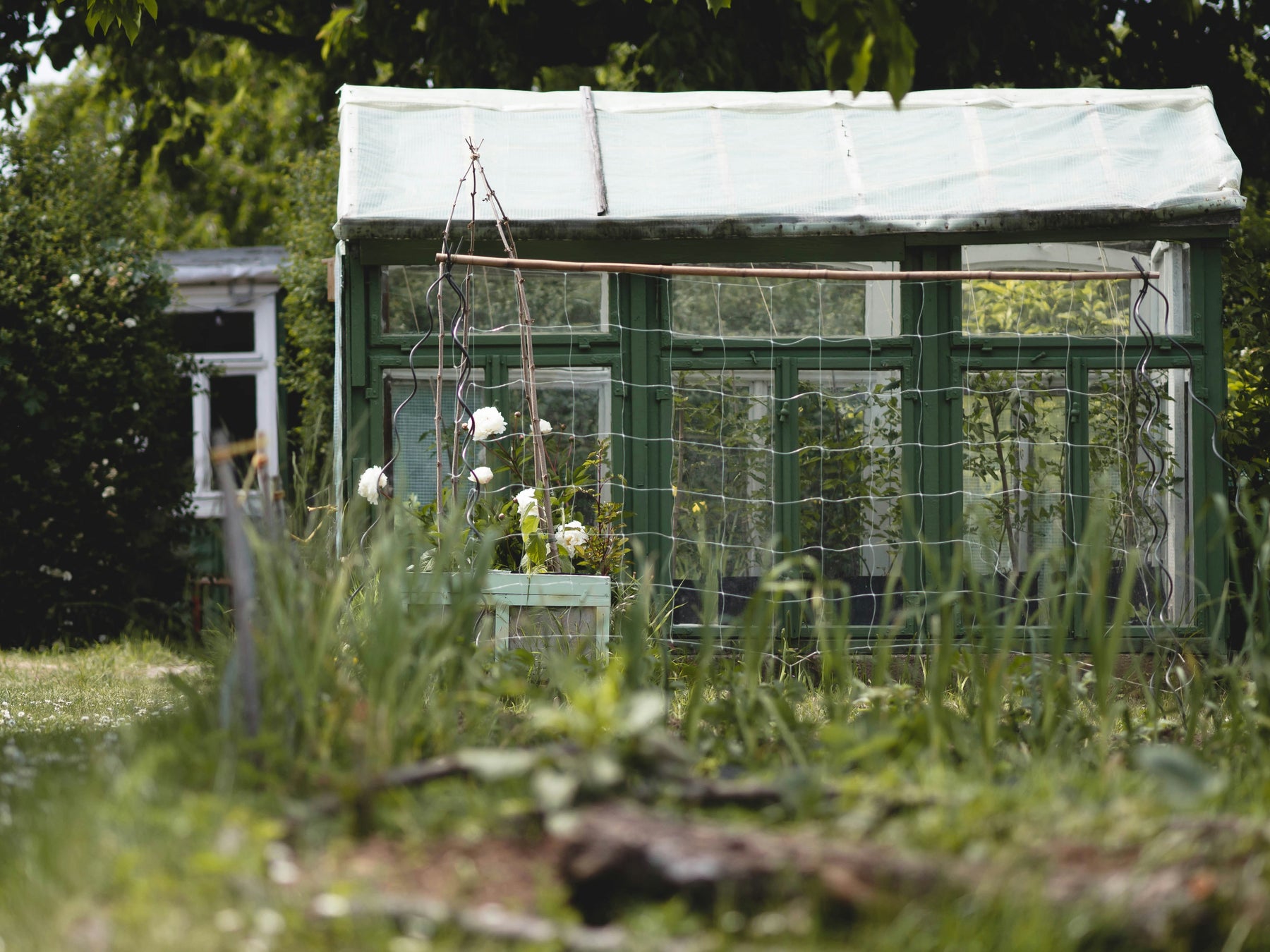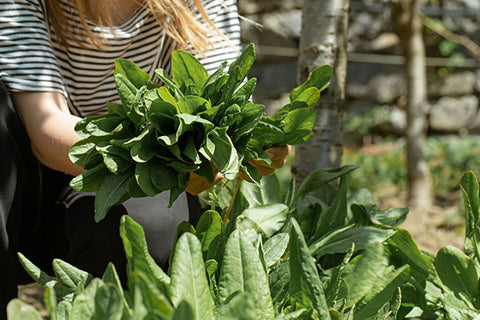
March Garden Checklist
Autumn is here, leaves are starting to change colour, and that means the new season’s joy awaits. Summer was great, and you have the blooms to show for it. Now, a new chapter in the garden awaits. After all, one's work in the garden never ends. So, here’s to the blooming evolution. We’re here to inspire change and cultivate continuous beauty in your space.
What to do in the garden in March
- Prepare garden beds and pots for winter bulb planting
- Plant out select winter and spring flowering bulbs
- Lift and divide select winter bulbs
- Plant out vegetable seeds and seedlings
- Plant out companion plants

How to prepare for winter bulb planting
- Identify prime spots to grow your beauties (morning sun and afternoon shade)
- Clear out spent annuals and make room for something new to bloom
- Prepare the soil by working compost in to a depth of about 30cm
- If you are growing in pots, make sure you have them in the right sizes and the right quantities for the bulbs you want to grow
- Plan which bulbs will go where, according to their height and light requirements

What to plant in the garden
Planting bulbs is an ideal choice for the garden. They offer perpetual beauty and add continuous interest to the garden. Many winter bulbs can stay in your soil even through dormancy and given proper care, will bloom year after year. As soon as soil temperatures have cooled down you can plant out the following blooming bulbs:
- Allium
- Anemones
- Babiana
- Chincherinchees (Ornithogalum)
- Daffodils
- Freesia
- Garlic
- Hyacinths
- Ixia
- Muscari
- Ranunculus
- Sparaxis
- Tritonia
Accompany your bulbs with living mulch or use a layer of compost to keep the soil cool after planting. Do be patient for them to sprout, as the cold activates the bulbs' growth.
What can I lift and divide in March?
- Waterblommetjies can be lifted and thinned out to prevent overcrowding.
- Bulbinella rhizomes can be divided carefully by hand from clumps, ensuring each new part has roots. Replant the rhizomes immediately after, as they do not store well.
Which veggies can I plant in March?
Sow absolute deliciousness this autumn for a wholesome harvest! These are the vegetables you can sow this month.
- Spinach (Eastern Cape, Gauteng, Free State, KZN, North West)
- Lettuce (Gauteng, Limpopo, KZN, Western Cape, Northern Cape, North West)
- Cabbage (Gauteng, Free State, Limpopo, KZN, Western Cape)
- Globe artichokes (Eastern Cape)
- Beans (Eastern Cape)
- Beetroot (Eastern Cape, Limpopo, Western Cape, North West, Mpumalanga)
- Radish (Eastern Cape, KZN, Western Cape, Northern Cape, North West, Mpumalanga)
- Carrot (Eastern Cape, KZN, Western Cape, Northern Cape)
- Turnip (Eastern Cape, KZN, Western Cape)
- Cauliflower (Gauteng, Free State, Limpopo, KZN, Western Cape, Northern Cape)
- Parsnip (Gauteng, KZN)
- Brussel sprouts (Free State)
- Broccoli (Free State, KZN, Western Cape)
- Onions (Free State, Western Cape, Northern Cape, North West, Mpumalanga)
- Peas (Limpopo, KZN, Western Cape)
- Kale (Western Cape)
- Leek (Western Cape)
- Swiss chard (Western Cape)
- Potatoes (Northern Cape)

Companion planting
Use companion plants to support the overall growth and health of the veggies you have planted out. It’s all about deterring pests as naturally as possible, attracting those friends with benefits we call insects to aid in pollination, and of course to stimulate the best possible growth.
- Spinach - borage, coriander, radish, beans, peas, nasturtium, marigolds.
- Lettuce - Alyssum, beetroot, carrots, marigolds, nasturtium, radishes.
- Cabbage - kale, broccoli, cauliflower, brussel sprouts, Swiss chard, marigolds, mint.
- Globe artichokes - marigolds, lavender, mint, chives, spinach, Swiss chard.
- Beans - radish, marigolds, nasturtium, rosemary.
- Beetroot - onions, beans, lettuce, cabbage, radish.
- Radish - beans, peas, spinach, lettuce, carrots, Allium, marigolds.
- Carrot - chives, garlic, onions, beans, nasturtium, radishes, rosemary.
- Turnip - thyme, mint, nasturtium, peas.
- Cauliflower - Allium, sage, radishes, beetroot, spinach, nasturtium.
- Parsnip - peas, bush beans, lettuce, rosemary, sage.
- Brussel sprouts - basil, mint, marigolds, nasturtium.
- Broccoli - onions, basil, chives, mint, rosemary, sage, beetroot, lettuce, radish, spinach.
- Onions - other Alliums, beetroot, carrots, lettuce, cabbage, broccoli, cauliflower, parsnip.
- Peas - beans, carrots, radishes, lettuce, turnips, spinach, mint, nasturtium, marigolds.
- Kale - marigolds, onions, garlic, peas, nasturtium, radish, beans, spinach, artichoke.
- Leek - other Allium, carrots, nasturtium.
- Swiss chard - leeks, cabbage, turnips, mint, marigolds, nasturtium.
- Potatoes - Alyssum, cabbage, cauliflower, broccoli, kale, leeks, marigolds, nasturtium.
Go on and March into your garden with this booming checklist to keep you buzzing all month long! Happy gardening!
